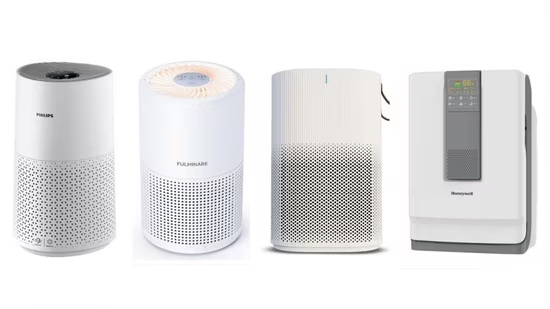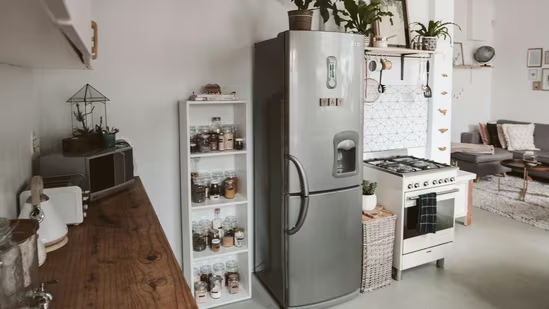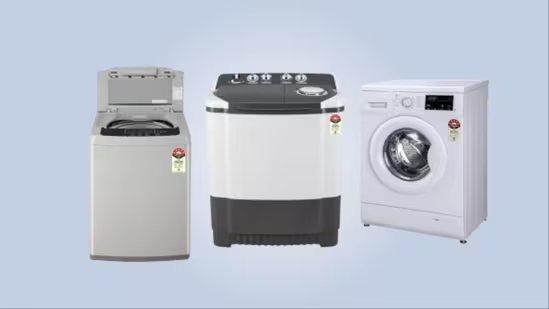If you have lived in Delhi NCR region, like this writer has, in the October-November period, you would be familiar with the dreadful bad air days. The scenes are no different from the disaster and doomsday movies we see in Hollywood.
The AQI index goes berserk, with very high indices affecting the overall health and well-being parameters. Schools remain shut, smog paralyses day-to-day life, children and elderly feel the pinch the most, but no one is spared. Masks are used frequently, but those are only short-term solutions. Governments experiment with an odd-and-even formula to reduce vehicular pollution, but that too is insufficient. In such a scenario, opting for a good and effective air purifier is the only solution.
In this buying guide for air purifiers, we will delve deep into all aspects of air pollution, the best air purifiers in the market and discuss their features so that you can make an informed decision.
Remember, if you live in a metro, an air purifier is no longer a luxury, it is a must. North India, owing to several reasons, may be worst affected, especially during winter months, but no Indian city is immune from air pollution.
What is air pollution?
A quick Google search is sure to give you a basic idea of what an air purifier is all about. But wait! Let’s first understand what are the kinds of air pollutants people have to experience. In 2016, the World Health Organization (WHO) came out with a study that showed that 14 of the 20 most polluted cities in the world were in India. While industrial pollution is a major contributor, other factors also play a significant role. Chief among these are vehicular emissions, stubble burning, generation of dust (particularly from construction sites), depleting tree cover and poor waste management. While long-time solutions like policy changes and behavioural changes in public are considered ‘drivers of change’, in the immediate, an air purifier is a perfect solution.
What is an air purifier?
An air purifier is a device designed to remove contaminants from the air in a room to improve indoor air quality. These devices are commonly used in homes, offices and other indoor spaces to reduce the presence of pollutants, allergens and other harmful particles.
What would pollutants imply? Typically, they include dust, pollen, soot, smoke, liquids, and gases like carbon monoxide, sulphur dioxide, nitrogen oxides, volatile organic compounds (VOCs, chemicals that easily vaporise into air and are found in paints, solvents, cleaners, and fuels).
When we think air pollution, as consumers, we generally think of pollutants that make breathing hard. However, one must always bear in mind that allergens are also pollutants that can cause serious health hazards. So what are they? Allergens are substances that can cause allergic reactions by triggering the immune system. These reactions can range from mild symptoms, such as sneezing and itching, to more severe responses like difficulty breathing. Allergens that contribute to air pollution typically include pollen (from trees, grasses and weeds), dust mites (organisms found in household dust) and animal dander (skin flakes, saliva, and urine from pets) and mould spores (fungi that thrive in damp environments).
How do air purifiers work?
In layman’s language, the job of an air purifier is to clean up the air. The most basic way to do so is by filtering it. Let’s see the different ways in which that goal is achieved.
Filtration: Most air purifiers use a filter to capture particles from the air. The most common type is a High-Efficiency Particulate Air (HEPA) filter, which can trap particles as small as 0.3 microns with an efficiency of 99.97%.
Activated Carbon Filters: These advanced filters are used to remove odours, gases and VOCs; they adsorb them onto a porous material. Note that adsorption is different from absorption – the former means the attraction of molecules onto the surface of a solid.
UV Light: Some air purifiers use ultraviolet (UV) light to kill bacteria, viruses and other microorganisms.
Ionisers: These devices emit negative ions (like atoms and molecules) that attach to airborne particles, making them heavier so they can be more easily captured by filters or fall to the ground.
Some air purifiers come equipped with a technology called Photocatalytic Oxidation (PCO). However, such air purifiers are considered premium and do not come under the budget air purifier bracket.
What are the benefits of an air purifier?
Needless to say, the benefits are many and often immediate. Here’s a list.
Improves air quality: Removes dust, pollen, pet dander, mould spores, and other airborne particles.
Reduces allergens: Helps reduce symptoms for people with allergies or asthma by removing allergens from the air.
Eliminates odours: Removes smoke, cooking smells, and other unpleasant odours.
Removes harmful chemicals: Can capture VOCs and other harmful gases that may be present in indoor air.
Promotes better health: Reduces the risk of respiratory infections and other health issues related to poor air quality.
What are the common uses of air purifiers?
Homes: To improve air quality for general health and to help with allergies or asthma.
Offices: To create a cleaner working environment and reduce the spread of illnesses.
Hospitals: To maintain sterile environments and reduce the risk of infections.
Industrial settings: To remove contaminants that may be harmful to workers or affect product quality.
Let’s check out some of the best options among budget air purifiers we can get on Amazon.



